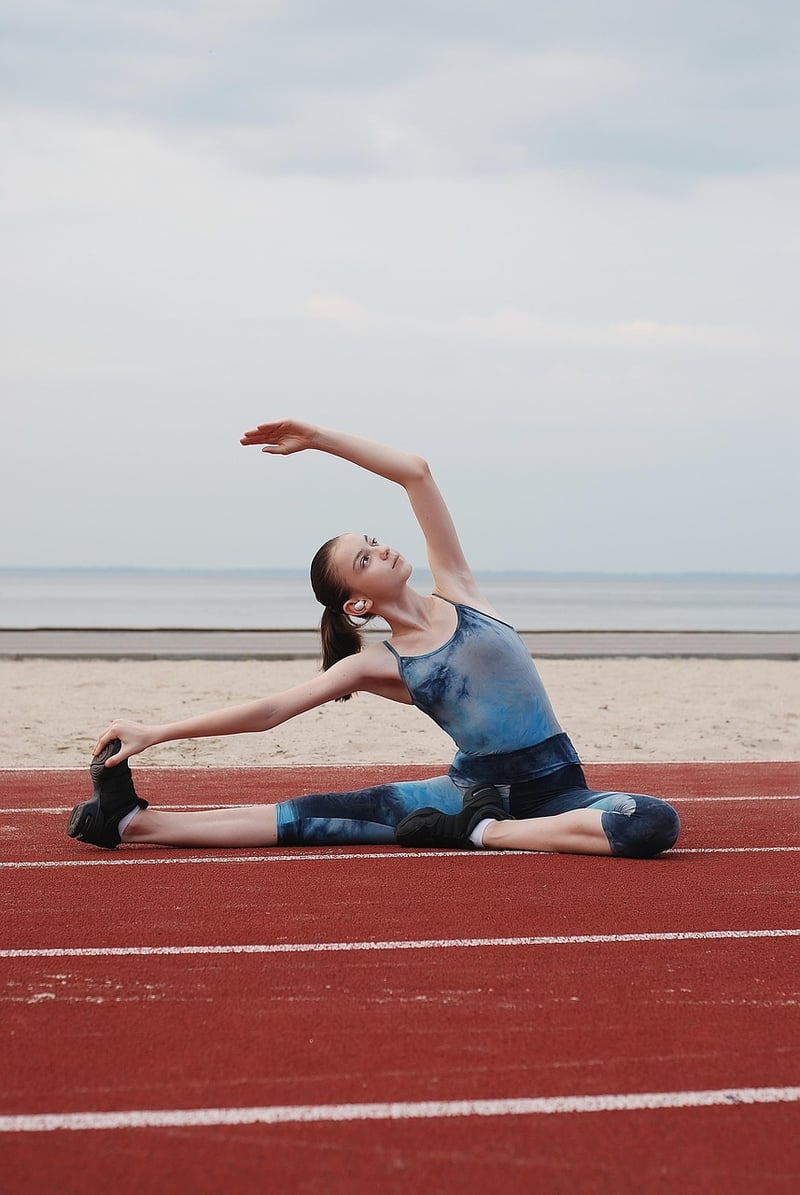Proprioceptive Neuromuscular Facilitation (PNF)
The Importance of Flexibility and Range of Motion in Fitness
Flexibility and range of motion are crucial components of overall fitness and well-being. Having good flexibility not only helps in preventing injuries but also enhances athletic performance and improves posture. One effective method to improve flexibility is through Proprioceptive Neuromuscular Facilitation (PNF) techniques.
Benefits of Flexibility and Range of Motion
Having good flexibility and range of motion offers a myriad of benefits:
- Decreased risk of injuries
- Improved posture
- Enhanced athletic performance
- Reduced muscle tension
- Increased blood flow to muscles
Proprioceptive Neuromuscular Facilitation (PNF)
PNF is a stretching technique that involves a combination of stretching and contracting muscles. This method helps in improving flexibility rapidly by targeting both the muscle and nervous system. PNF techniques are commonly used in rehabilitation settings to improve range of motion.
There are two main types of PNF stretching:
- Contract-Relax: The muscle is stretched, then contracted isometrically, and then stretched again.
- Contract-Relax-Antagonist-Contract: Similar to Contract-Relax but also involves contracting the muscle opposite to the one being stretched.
How to Incorporate PNF into Your Routine
When incorporating PNF techniques into your fitness routine, it's essential to follow these guidelines:
- Warm up before performing PNF stretches to prevent injuries.
- Work with a partner or a trainer to ensure proper technique and safety.
- Hold each stretch for about 30 seconds and repeat 2-4 times.
- Focus on breathing and relaxation during the stretching process.

By incorporating PNF techniques into your fitness regimen, you can improve your flexibility, range of motion, and overall performance. Remember, consistency is key when it comes to enhancing flexibility, so make stretching a regular part of your workout routine.
Take care of your body, and it will take care of you!
